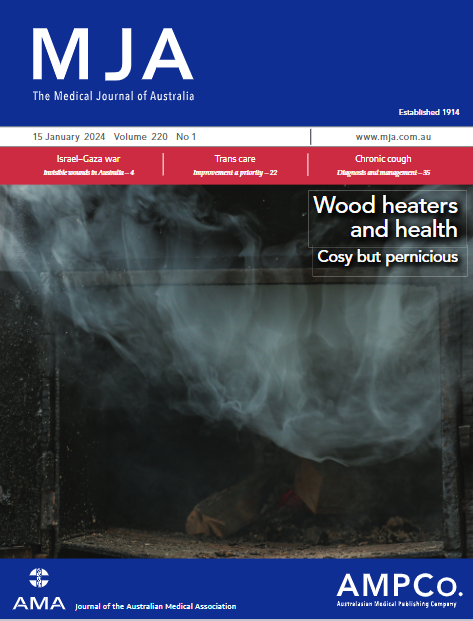Perceived stakeholder benefits of continuously training general practitioners in the same rural or remote practice: interviews exploring the Remote Vocational Training Scheme
Abstract
Objective
Explore stakeholder perspectives of the benefits of continuously training general practitioners in the same rural or remote practice in distributed locations via the Remote Vocational Training Scheme (RVTS).
Design, setting, participants
Online one-hour semi-structured interviews were conducted with 27 RVTS staff, participants and supervisors from all states and territories between 16 October and 24 November 2023. Data were deductively and inductively coded by stakeholder type and the range of benefits, and the findings were informed by insights from a project reference group and a stakeholder advisory group. Questions explored the benefits of the RVTS — a program which supports doctors already working in rural, remote and First Nations communities to train towards general practice or rural generalist fellowship while remaining in the same practice.
Main outcomes measures
Perspectives on the nature and spread of benefits.
Results
Broad benefits were perceived to flow to four system-level stakeholders: communities, health services, participants and policy makers. Perceived participant and community benefits were doctors staying longer in distributed locations with tailored place-based supports and training, doctors building relationships with patients, and doctors learning through longitudinal care. Health service benefits included reduced reliance on locums, improved continuity of accessible and appropriate services in areas otherwise facing major recruitment and retention issues, and the doctors having more time to contribute to improving service quality and upskilling local staff. Policy-maker benefits were sustaining safe and high quality services for distributed populations with high needs.
Conclusion
The RVTS model was perceived to offer diverse benefits for different system stakeholders which could improve quality of learning, service delivery and community care. It also aligned with key policy directions for a distributed and sustainable generalist workforce under the goals of the National Medical Workforce Strategy 2021–2031 and the directions set by the independent review of overseas health practitioner regulatory settings led by Robyn Kruk. However, models like the RVTS largely rely on distribution levers to recruit more doctors to the locations it supports.

 求助内容:
求助内容: 应助结果提醒方式:
应助结果提醒方式:


